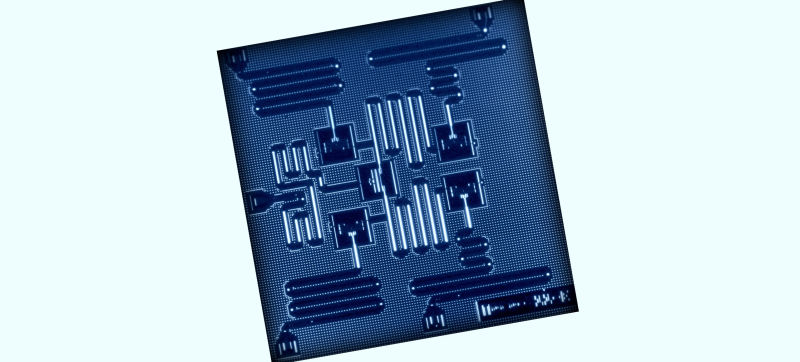For years, quantum computing has been off-limits anywhere outside of research labs, until now that is. IBM announced it is creating a working prototype quantum computer available for anyone to use remotely via the IBM Cloud Platform, which must be connected to the Internet.

Quantum computing works on quantum bits, also known as qubits. In regular computers, bits only represent information as ones or zeroes, while qubits can be ones, zeroes, or even both at the same time. This method is known as the superposition principle, which allows future quantum computers to be far more powerful than devices that are currently available.
IBM is giving anyone access to its 5-qubit quantum computing processors, which are being worked on at the IBM T.J. Watson Research Center in New York. The project aims to unveil any questions and uncertainties surrounding quantum computers.
“It's a web-based platform for public to access to run quantum algorithm and quantum circuits on a real quantum processor in our labs,” said Jerry Chow, IBM's experimental quantum computing group manager. “We want people to program their own algorithms and learn what it means to do quantum computing.”

The user-friendly interface requires you to understand how quantum devices work, which is not for everyone. And while anyone can apply to test the processor via the Cloud Platform, IBM will determine just how much access users will have to the processor. This will be based on the individual’s technology background and quantum technology knowledge.
Once IBM’s qubit processor is made public, users will be able to work with qubits, run simulations, and study tutorials, all which could speed up developments within the field and help discover new applications.
Large organizations, including NASA, Google, and Microsoft are interested in the potential uses of quantum computing in real-world situations.
Via Tech Times
Advertisement
Learn more about Electronic Products Magazine





